The whole truth about fights in Soviet schools
Categories: History
By Pictolic https://pictolic.com/article/the-whole-truth-about-fights-in-soviet-schools.htmlIt is now customary to either idealize or demonize school relationships in The Soviet Union. Someone with the words "thank you to the party for this" recalls a happy childhood, someone tells about the brutal mass massacres between territorial gangs. Both are telling the truth.
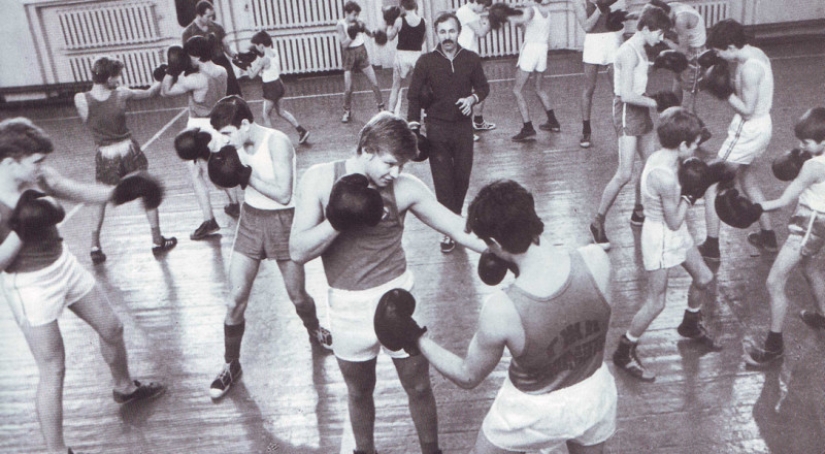
In fact, there were two parallel communities, each of which had its own rules. Soviet criminologists believed that the laws by which the street teenage world lived were written in the post-revolutionary homeless environment. That is why the "difficult teenagers" fought cruelly, trying to injure the opponent. At the same time, fist fights in school classrooms were regulated by other rules, first of all, "do not hurt" or "do not hit a recumbent". Let's talk about this, based on the memories of students from the 70s and 80s of the last century.
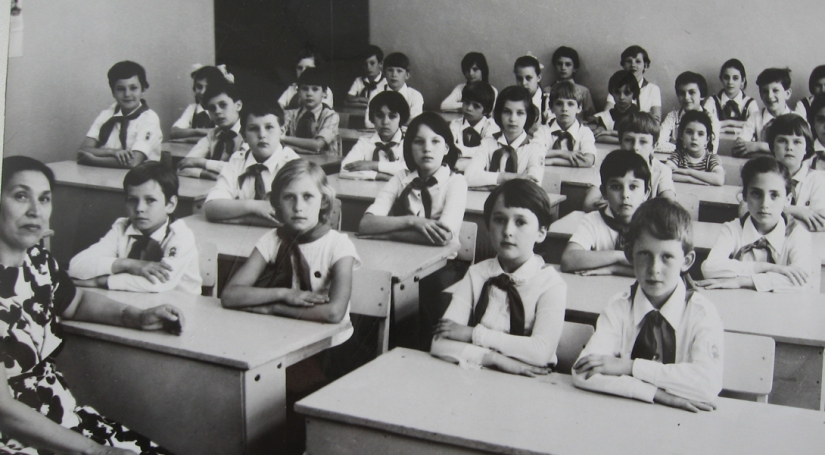
If in the post-war period children were most often raised by single mothers or in boarding schools, then in the 70s and 80s there were few orphans. Moreover, more and more boys and girls were brought up in intelligent families. According to the general opinion of Soviet teachers, the children behaved quite friendly in elementary school. The first bruises, abrasions and broken noses were observed only in the fourth grade. But they tried not to answer the question of who beat them.
"The instigators of such fights, as a rule, were boys from large families," says former teacher Anna Ivanovna Krasnova. "Their older brothers beat them at home, so they already had a visual experience of how to hit them."
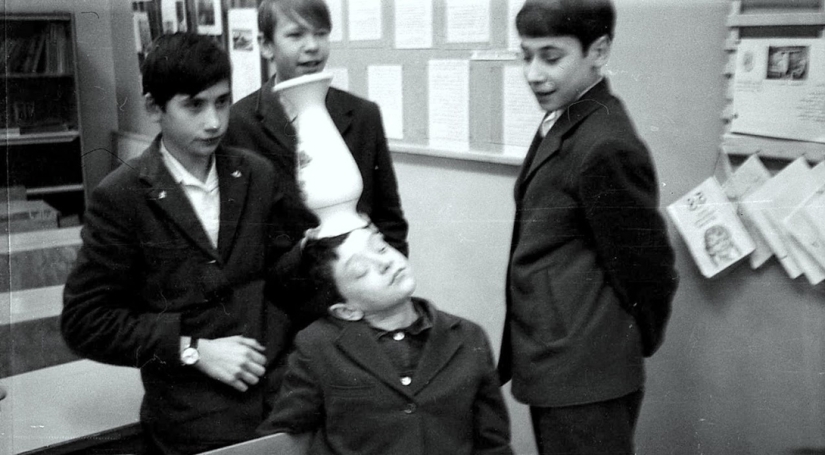
Conflicts among children in the fourth grade were a kind of form of socialization. In this way, the boys, as future men, claimed a place in their small world. "Fights could break out in the classroom, but usually converged away from adult eyes, in the school yard behind the toilet," recalls 55—year-old Yuri Nekrasov. — Curious people gathered around the brawlers. At first, the boys shoved each other in the shoulders with two hands with the words "you're running into" or something like that. Then one grabbed the neck of the other, and both fell to the ground. At the same time, they tried to poke the opponent in the nose with their fist." The one who started crying first lost.
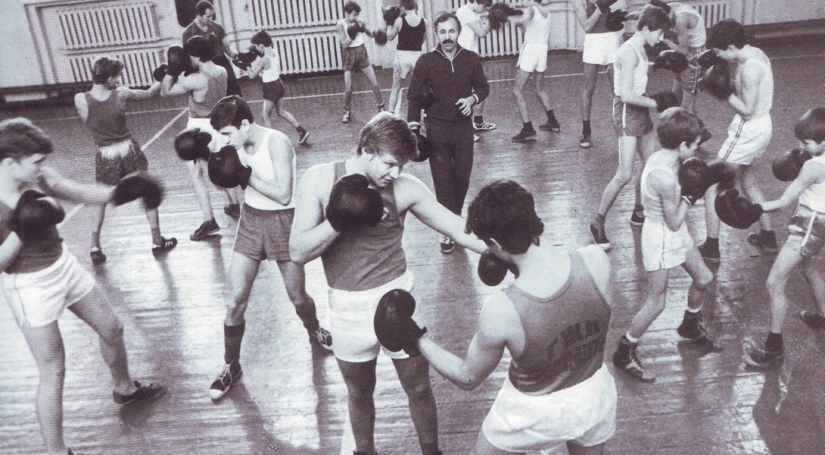
In the fifth grade, most of the triples, and the good ones, believed that fighting properly was more important than studying. Some went to the ring, others to the wrestling section. Interestingly, in schools, athletes rarely clarified their relationships, apparently spilling out their aggression in sports classes. By the way, teachers noted that sports had a positive effect on grades.
By the age of thirteen, the boys already knew their place in the hierarchy of classmates, so conflicts were increasingly happening with students from other classes. In any case, they tried not to beat the excellent students. It was impossible to raise a hand and to separate. In high school, they were already fighting not to the first blood, but to an obvious victory. If teachers became aware of such skirmishes, parents were called, or even a juvenile affairs inspector. However, not all teachers stopped fights in the bud.
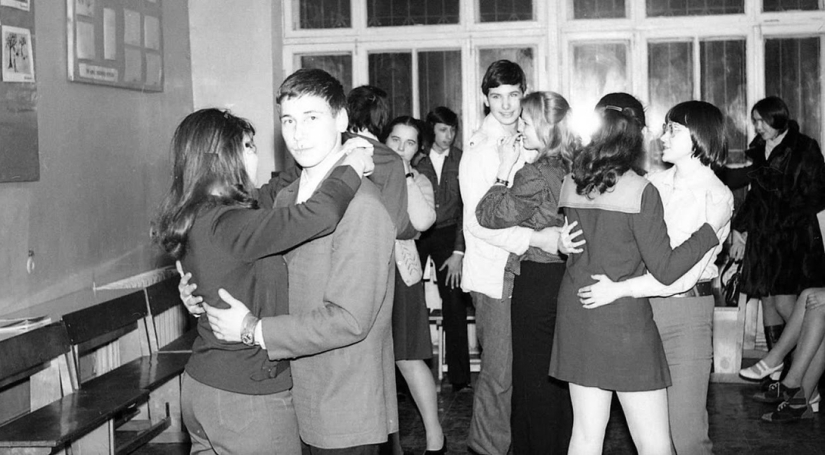
As a rule, the order in the school was monitored by a military instructor, a retired military man, with a rank not lower than major. His responsibilities included not only military training, but also the formation of the school world order. "We called him grandfather," says Igor Smirnov, a graduate from the 70s. — He said that you should be able to fight. To stand up for a girl, and in general — suddenly there's a war tomorrow. I once witnessed when he slapped the most vicious bully of our school for beating his classmate's head against the wall. The military instructor brought the brawler into the classroom for a conversation, after which the guy came out with swollen ears. Later I found out that the "grandfather" punched him with the words: "You can fight, you can't maim.""
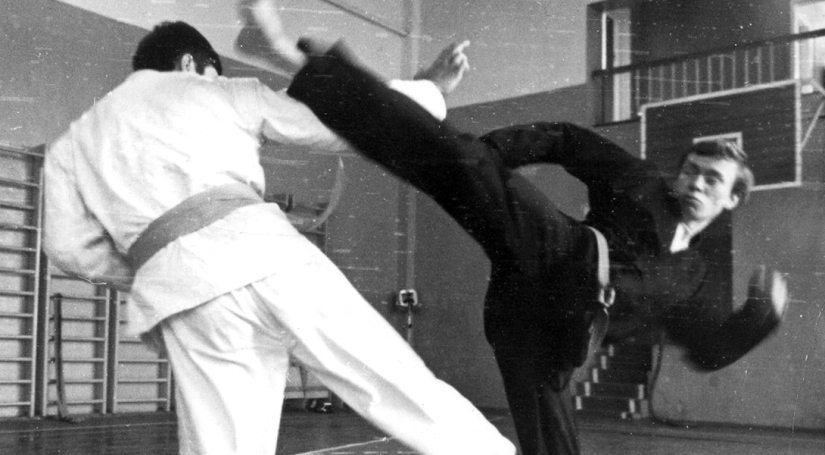
In the late 70s and early 80s, karate-do kicks were used in school fights. This happened thanks to the popularization in The Soviet Union of this type of martial arts. On November 13, 1978, even an order of the Central Committee of the CPSU "On the establishment of a Commission for the development of karate-do at the State Sports Committee" was issued.
"There was a craze for kicking techniques," military pensioner Andrei Sankov shares his memories. — On the streets and in the classrooms, you could see teenagers who sought to inflict mawashi (circular kicks) and toby-geri (jump kicks) on an imaginary opponent. In a real fight, this was of little use, so in skirmishes they still beat with their fists, trying to kick in the groin." However, by this time the unwritten laws had become tougher. The winner could strike several blows at an already defeated opponent.
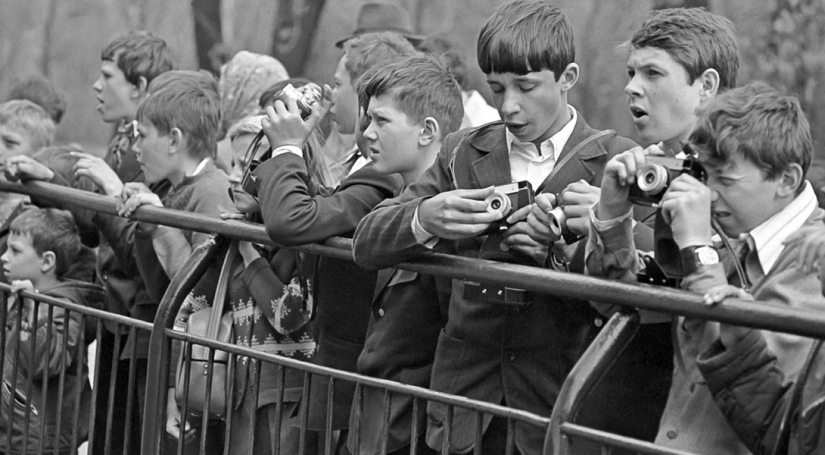
Outside of school, there were already other orders. But to say that punks dominated the streets is also wrong. Of course, the boys could be beaten for entering "foreign territory". But most often it concerned members of street gangs or "recognizable boys". In fairness, the police, together with juvenile inspectors, generally kept the situation under control.
Recent articles

Nikolai Vasilyevich Gogol is not just a classic, but the first major Russian prose writer, who was considered his teacher by many ...

Most of the animals on earth touches and make you smile. But there are a few creatures that are unlikely to cause a storm of ...

History knows many child killers whose crimes are chilling. But all their atrocities pale in comparison to the cynical atrocities ...